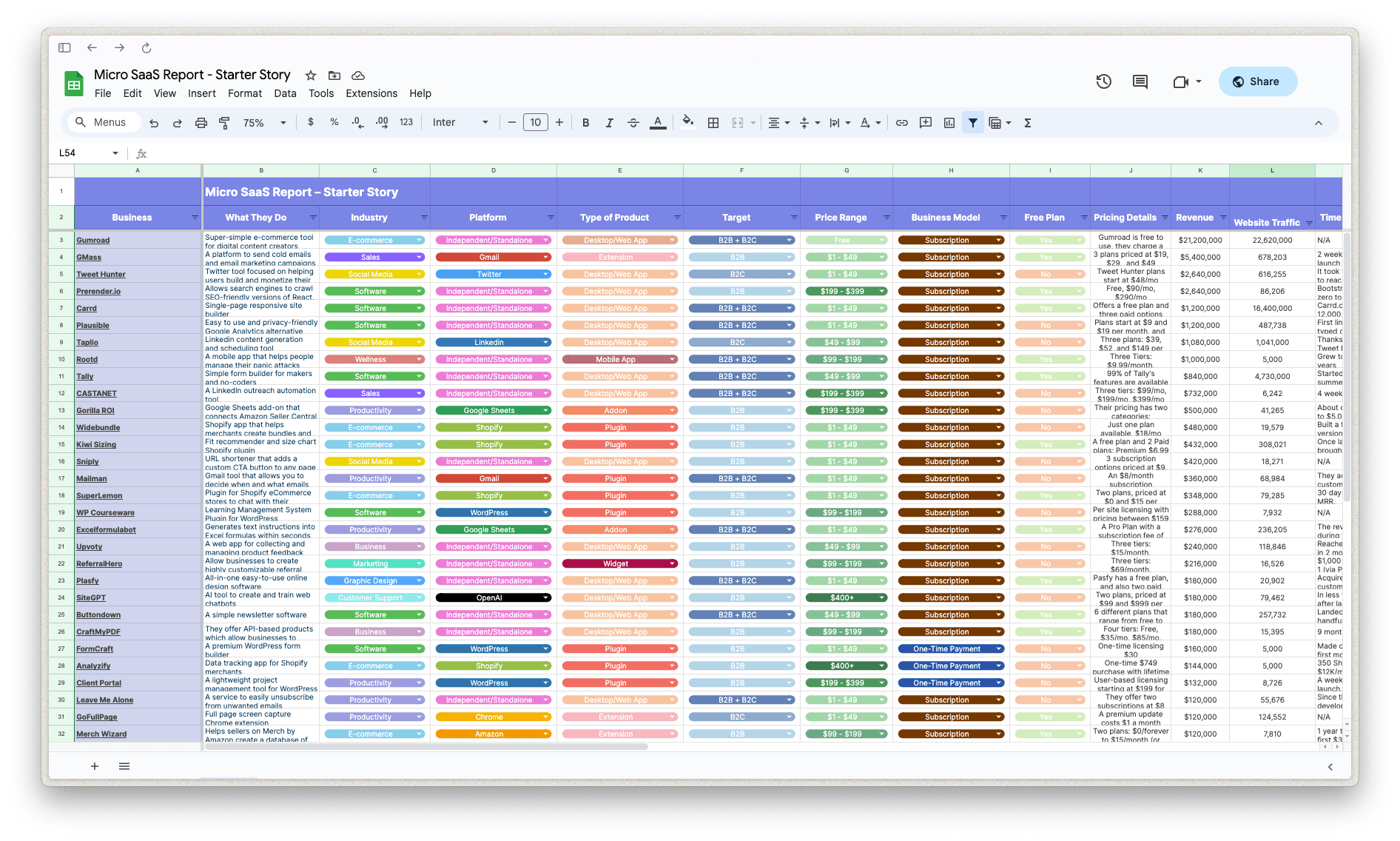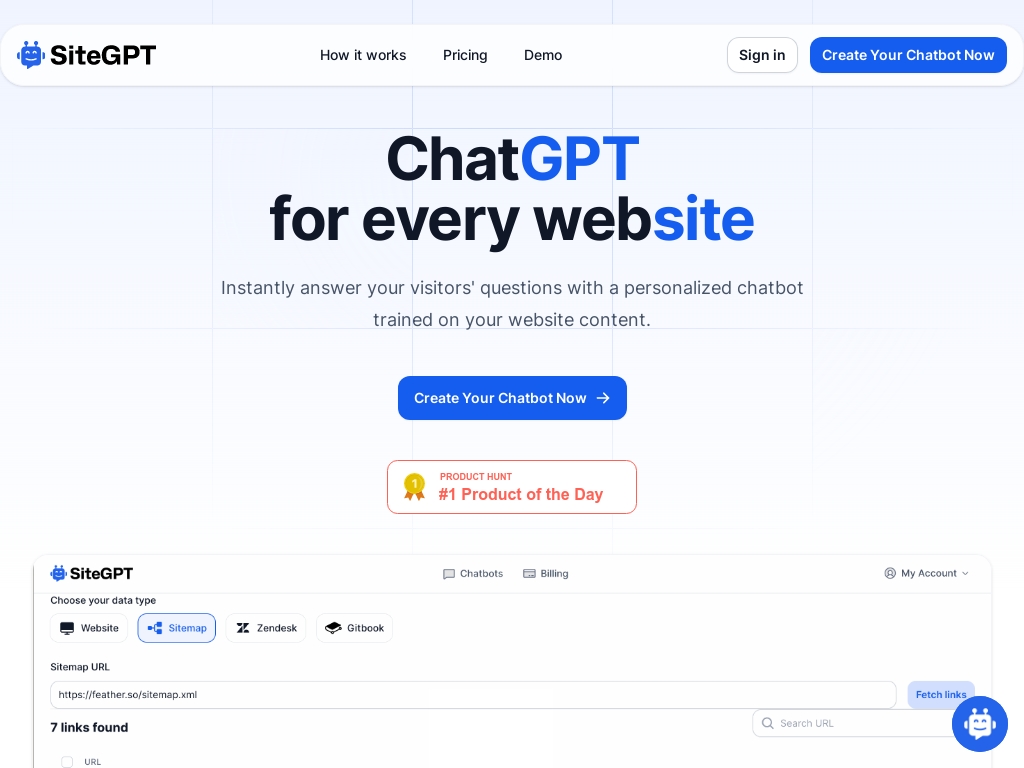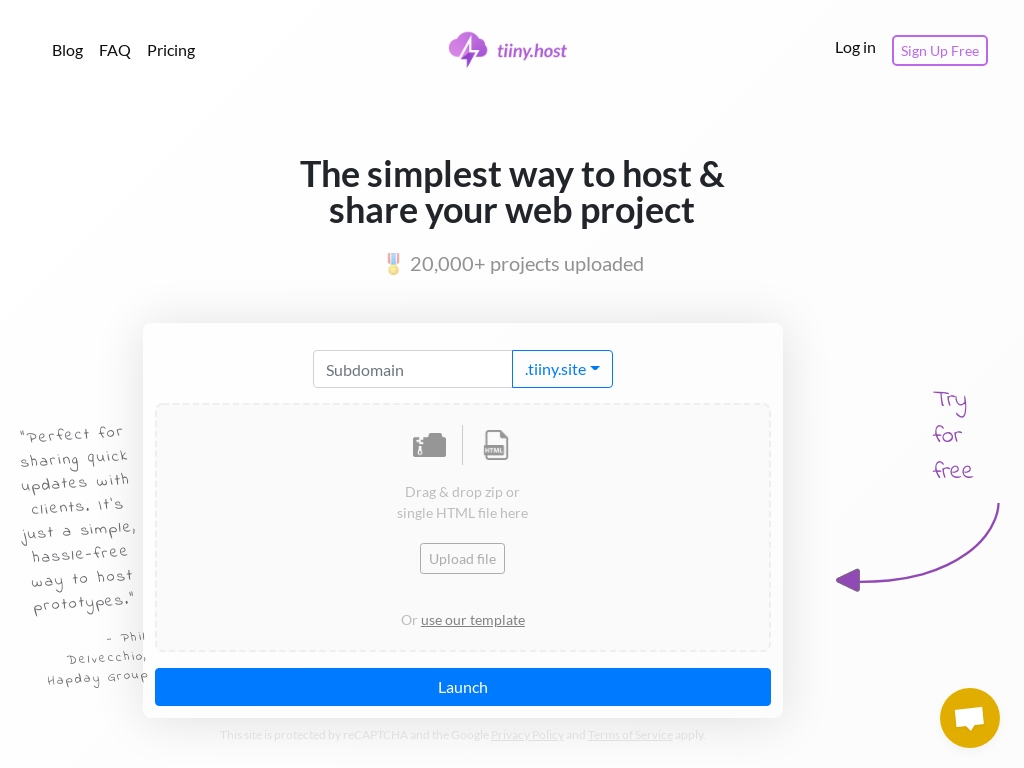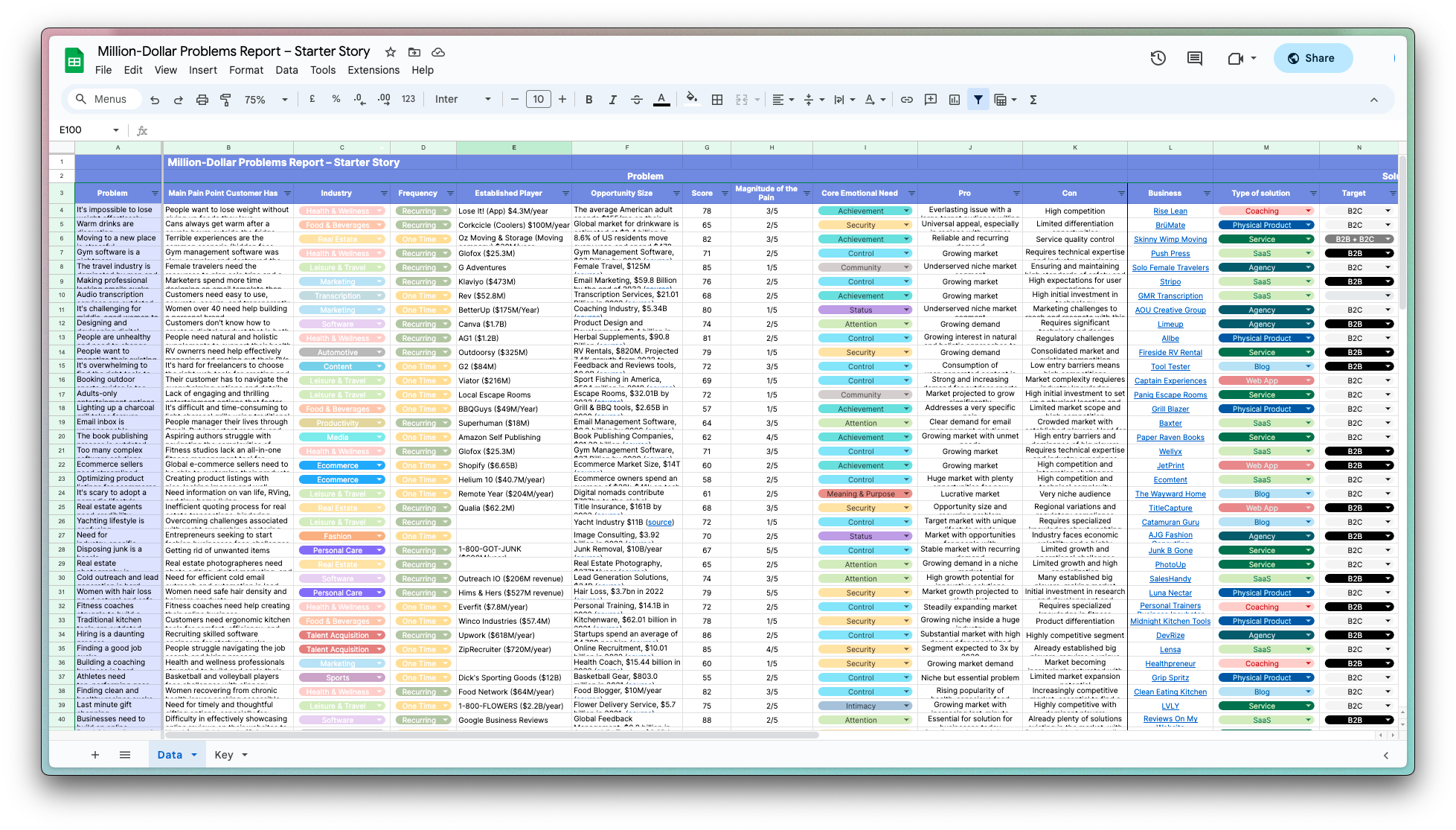
How Sentry Grew to $128M ARR with 50K Customers in 2023
Who is David Cramer?
David Cramer, a self-taught programmer from the Midwest, co-founded Sentry after initially creating it as an open-source project in 2008 to address his own error-tracking needs while working with Python and Django. Before founding Sentry, Cramer worked at Disqus and Dropbox, which helped him refine and commercialize his project into a successful business.
What problem does Sentry solve?
Sentry simplifies identifying and fixing software errors for developers, offering instant insights that save time and reduce the frustration of manually digging through logs.
How did David come up with the idea for Sentry?
David Cramer started Sentry because he was frustrated with the existing solutions for tracking software errors. While working as a developer, he found it cumbersome to access logs through systems administrators whenever he encountered an error. Realizing that there was no straightforward tool for this, he created an open-source project to log and alert on errors directly from the application, making error monitoring more developer-friendly.
Initially, Sentry was just a side project, but interest from the Python and Django communities validated its utility. As feedback poured in, he continued refining the project, integrating suggestions to improve usability and expand its functionality. This iterative process not only enhanced the tool but also generated organic growth and user adoption. The core idea remained simple: provide developers with a tool that makes handling errors quick and intuitive, which resonated strongly as it filled a notable gap in developer tools at the time.
How did David Cramer build the initial version of Sentry?
Sentry was initially built as an open-source project to address the difficulties developers faced with accessing server logs. Created by David Cramer, the first version of Sentry was designed to be integrated into Python and Django applications, capturing and deduplicating errors to provide developers with organized insights for debugging. The development utilized open-source SDKs and emphasized simplicity and pragmatism, with the architecture relying heavily on SQL databases for efficiency. Rolling out the first prototype was a challenge, as it had to be versatile enough to adapt to various languages and frameworks while ensuring real-time error tracking. The project took shape over several years, gradually evolving with contributions from the open-source community and constant iterations based on user feedback. Although Cramer found building the early version of Sentry organically rewarding, balancing it alongside a full-time job and transitioning it into a commercial product presented considerable challenges, particularly in maintaining its open-source ethos while integrating complex technical features.
What were the initial startup costs for Sentry?
"- Funding Rounds: Sentry has raised $217 million in total funding across multiple rounds, including a Series E round in May 2022 led by Accel and New Enterprise Associates, valued at over $3 billion."
What was the growth strategy for Sentry and how did they scale?
Self-Serve Model
Sentry has effectively utilized a self-service acquisition model, contributing to 70% of its total revenue. They made their SaaS product easy for developers to sign up for and start using without the need for sales consultations or budget approvals. This approach reduces friction in the signup process, allowing developers to directly access Sentry's tools through their website by paying a minimal fee to begin with.
Why it worked: This model leverages the natural adoption habits of developers who prefer exploring and utilizing tools on their own terms. By focusing on ease of use, openness, and direct usefulness to developers, they reduce the barrier to entry and marketing costs associated with traditional sales-driven approaches.
Open Source Community
Sentry’s open-source roots play a significant role in their customer acquisition. By offering a free, open-source version of their software, they manage to engage a large number of developers and organizations. As usage grows within these organizations, the transition to Sentry's paid, cloud-hosted service becomes more appealing, leading to natural upsell and expansion opportunities.
Why it worked: The open-source model builds a community around the product, fostering trust and organic growth. Companies start with self-hosted solutions to fit budgetary constraints and then grow towards a solution that offers better scalability and support.
Bottom-Up Adoption in Large Enterprises
Sentry achieves large enterprise contracts through widespread individual developer adoption. Once developers within an organization begin using Sentry tools, it can become ingrained in the workflow before the company formalizes the tool through enterprise contracts.
Why it worked: This organic growth mirrors other successful developer tool companies like Atlassian and GitLab, focusing on solving real developer problems efficiently. As the tool shows tangible benefits, it transitions from a developer favorite to an enterprise necessity, yielding significant contracts without heavy top-down sales tactics.
What's the pricing strategy for Sentry?
Sentry employs a hybrid pricing model with a free open-source offering and a cloud-hosted SaaS product starting at $26/month, scaling with users and features.
What were the biggest lessons learned from building Sentry?
- Leverage Open Source: Sentry capitalized on its open-source roots to efficiently grow its user base, providing free access to tools that naturally led companies to eventually prefer the paid, scalable version. This approach fostered a large user community and built trust among developers.
- Customer-Centric Evolution: By focusing on developers as their core customers, Sentry prioritized seamless integration into existing dev workflows, enhancing customer satisfaction and product adoption. The company’s strategy to treat developers as the primary end-users ensured loyalty and widespread application use.
- Strategic Simplicity: Simplicity and pragmatism were emphasized during product development. This principle allowed Sentry to serve as an accessible solution for diagnosing errors without unnecessary complexities, which helped in broad adoption across organizations of different sizes.
- Decision-Making and Conflict: Sentry’s leadership highlights the importance of decisive decision-making, even if it leads to conflict. Effective leadership involves making firm decisions to guide the company effectively and ensuring that core values and strategies are upheld.
- Adaptability in Leadership: The decision for the technical founder to step back from the CEO role highlights the importance of recognizing personal strengths and limitations. Bringing in an external CEO optimized Sentry's growth as it matured, illustrating that adaptability and self-awareness can significantly benefit a startup’s trajectory.
Discover Similar Business Ideas Like Sentry
|
|
Idea
|
Revenue
|
|---|---|---|
|
PDFShift
|
HTML-to-PDF conversion API service.
|
$8.5K
monthly
|
|
SiteGPT
|
AI chatbot trained on your website content.
|
$15K
monthly
|
|
Hallow
|
"Catholic prayer and meditation app fostering faith growth."
|
$278K
monthly
|
|
tiiny.host
|
Static website hosting made simple for everyone.
|
$15K
monthly
|
|
Studio Wombat
|
WooCommerce plugin developer for enhanced e-commerce features.
|
$15K
monthly
|
|
Treendly
|
Trend-spotting platform for untapped market insights.
|
$1K
monthly
|
|
ScreenshotOne
|
API for capturing website screenshots easily.
|
$2.2K
monthly
|
More about Sentry:
Who is the owner of Sentry?
David Cramer is the founder of Sentry.
When did David Cramer start Sentry?
2012
What is David Cramer's net worth?
David Cramer's business makes an average of $10.6M/month.
How much money has David Cramer made from Sentry?
David Cramer started the business in 2012, and currently makes an average of $127M/year.

Download the report and join our email newsletter packed with business ideas and money-making opportunities, backed by real-life case studies.

Download the report and join our email newsletter packed with business ideas and money-making opportunities, backed by real-life case studies.

Download the report and join our email newsletter packed with business ideas and money-making opportunities, backed by real-life case studies.

Download the report and join our email newsletter packed with business ideas and money-making opportunities, backed by real-life case studies.

Download the report and join our email newsletter packed with business ideas and money-making opportunities, backed by real-life case studies.

Download the report and join our email newsletter packed with business ideas and money-making opportunities, backed by real-life case studies.

Download the report and join our email newsletter packed with business ideas and money-making opportunities, backed by real-life case studies.

Download the report and join our email newsletter packed with business ideas and money-making opportunities, backed by real-life case studies.















